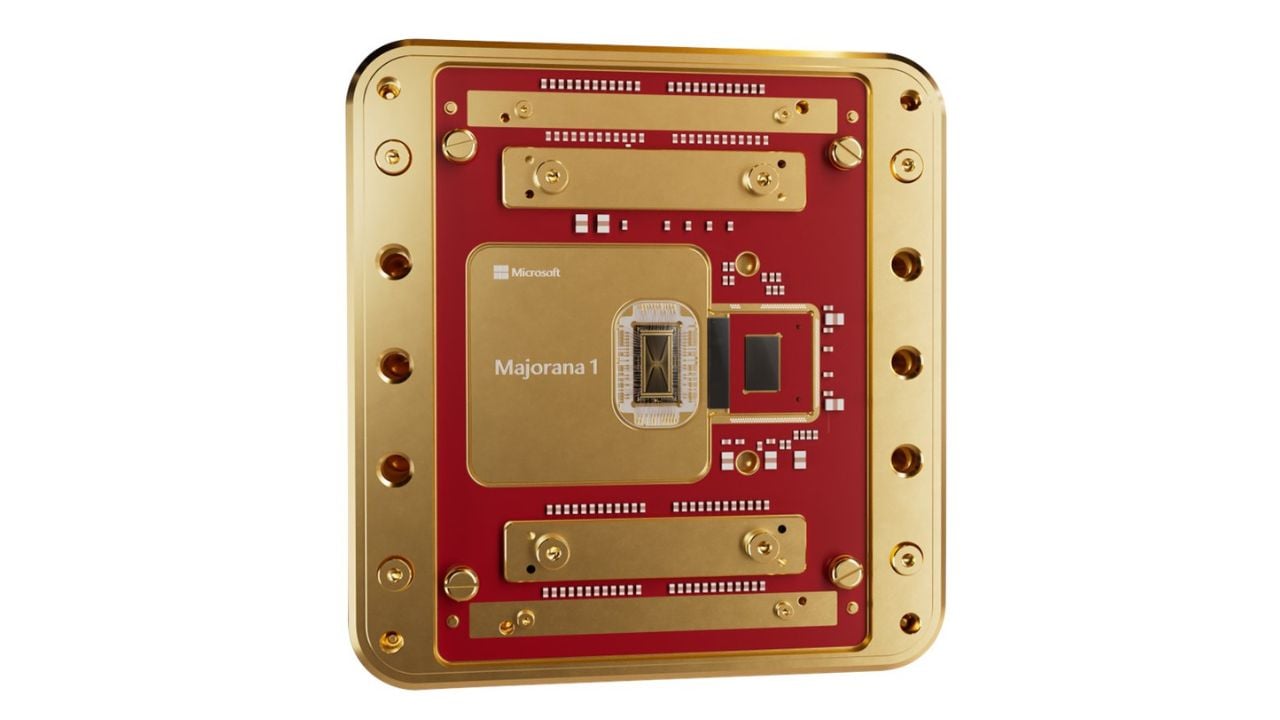Microsoft Corp. has introduced its first quantum computing chip, Majorana 1, marking a significant advancement in the company’s long-term quest to develop quantum machines capable of solving problems beyond the capabilities of traditional computers.
The Majorana 1 chip, named after the elusive quasiparticles theorized in 1937, integrates 8 qubits, the fundamental units of quantum computing, on a compact, sticky-note-sized piece of hardware. While the chip currently only performs basic mathematical operations to demonstrate control, Microsoft believes it serves as a foundation for future large-scale quantum systems, potentially hosting up to 1 million qubits.
“After a nearly 20 year pursuit, we’ve created an entirely new state of matter, unlocked by a new class of materials, topoconductors, that enable a fundamental leap in computing. It powers Majorana 1, the first quantum processing unit built on a topological core,” Microsoft CEO Satya Nadella wrote on X, formerly Twitter.
A couple reflections on the quantum computing breakthrough we just announced…
Most of us grew up learning there are three main types of matter that matter: solid, liquid, and gas. Today, that changed.
After a nearly 20 year pursuit, we’ve created an entirely new state of… pic.twitter.com/Vp4sxMHNjc
— Satya Nadella (@satyanadella) February 19, 2025
Microsoft’s breakthrough is detailed in the journal Nature, where the company explains its topoconductor approach, which leverages Majorana particles to create more stable and error-resistant qubits compared to traditional methods. The tech giant’s engineers built the chip atom-by-atom using indium-arsenide and aluminum nanowires, arranging them in an H-shaped structure that, when cooled to near absolute zero and tuned with a magnetic field, produces four Majorana particles—forming a single qubit.
The announcement follows a surge in quantum computing developments, with Google revealing in December that its new quantum chip solved a problem in five minutes that would take conventional computers longer than the universe’s age. However, a major challenge remains — quantum computing’s high error rates, as qubits are incredibly delicate and susceptible to disturbances from heat and sound.
